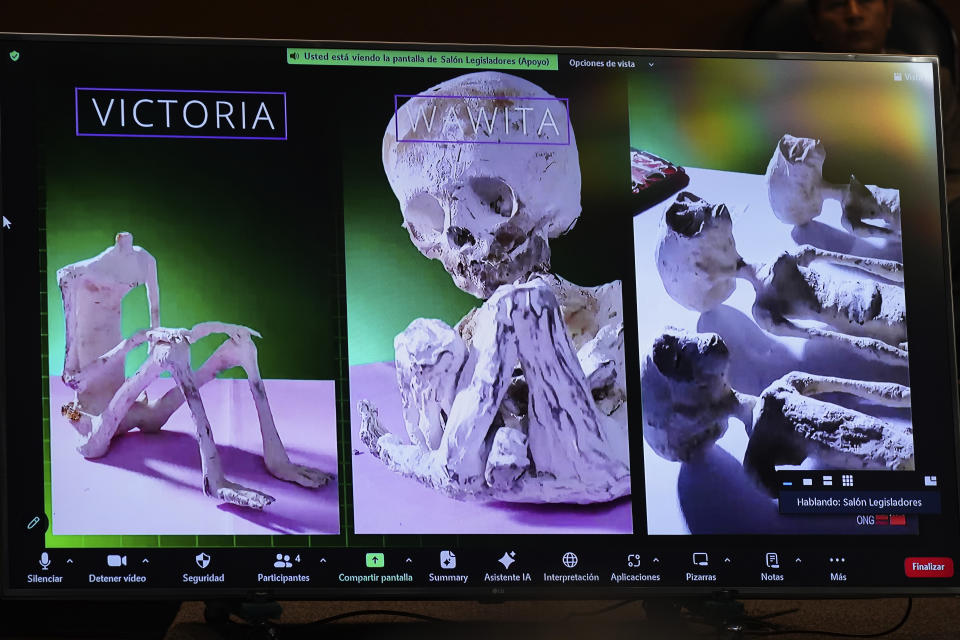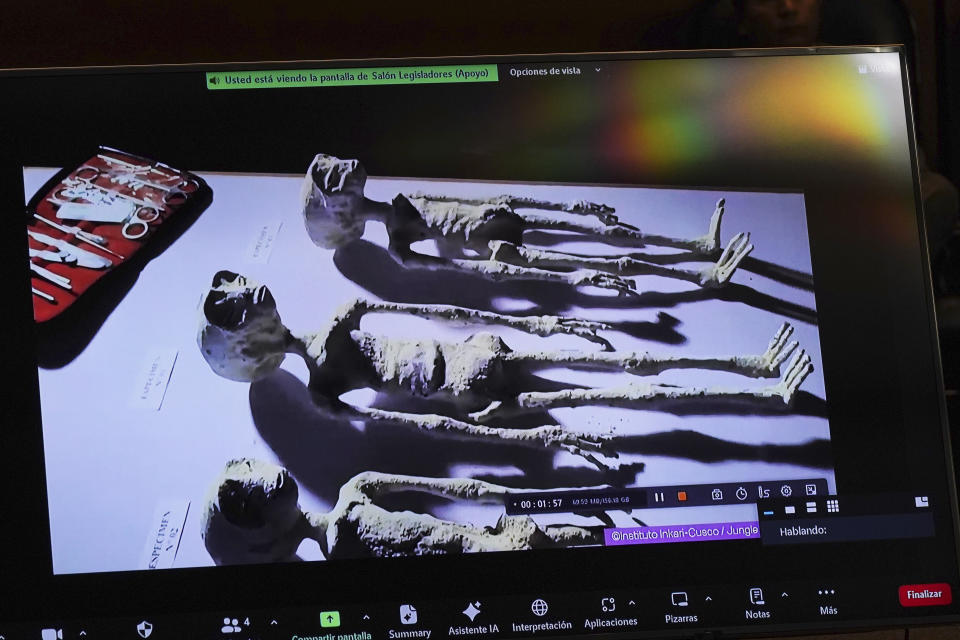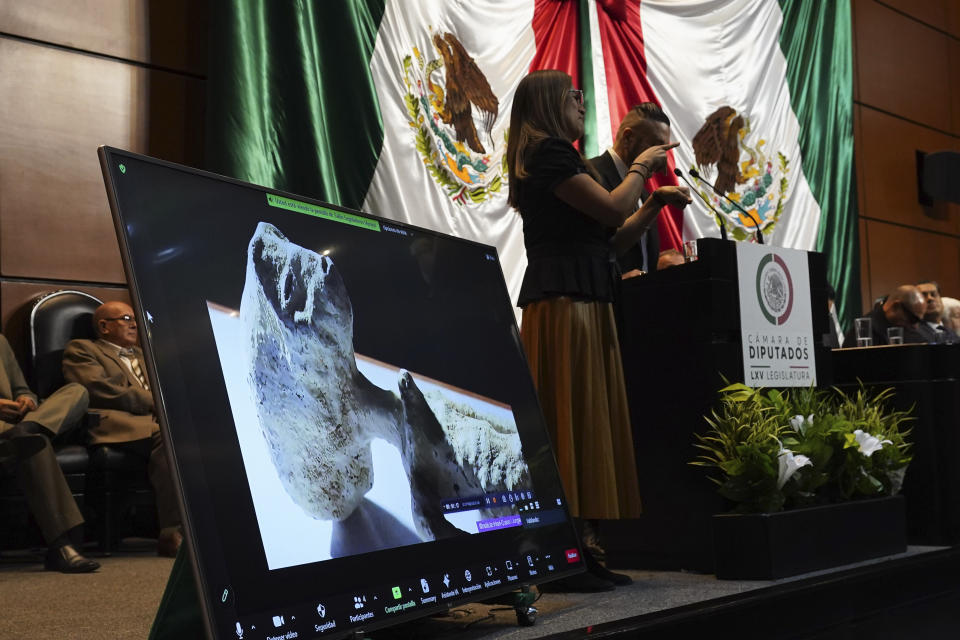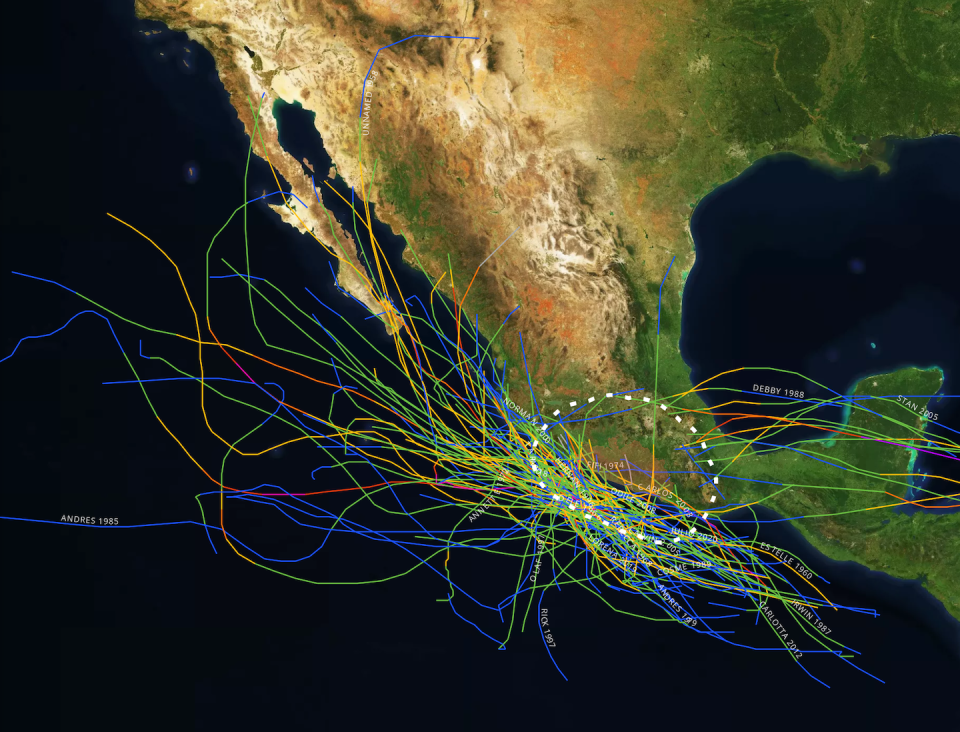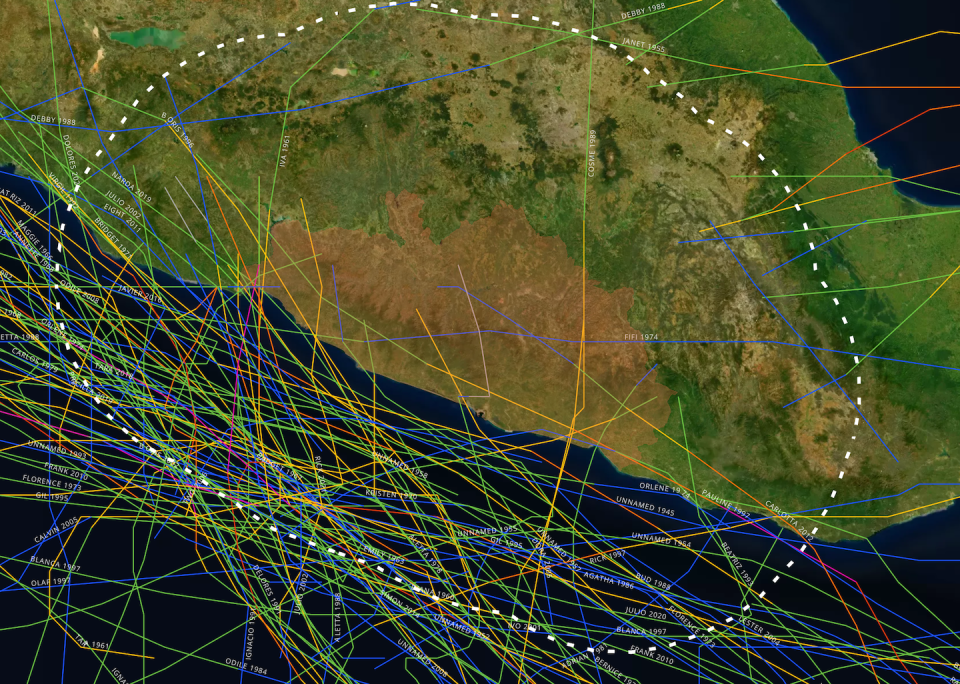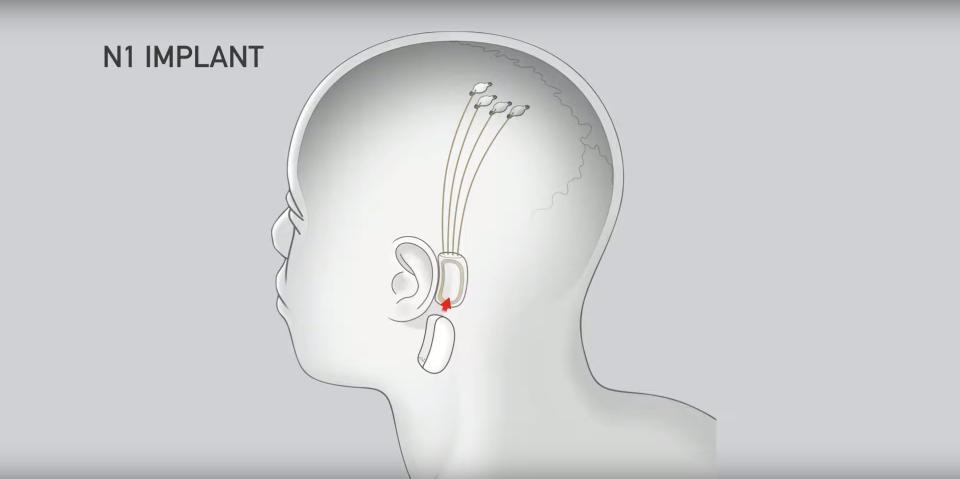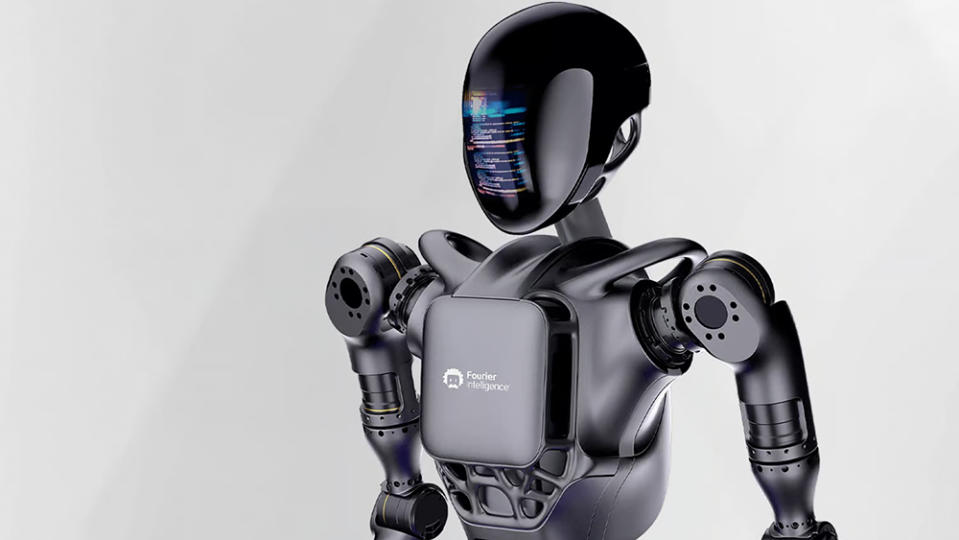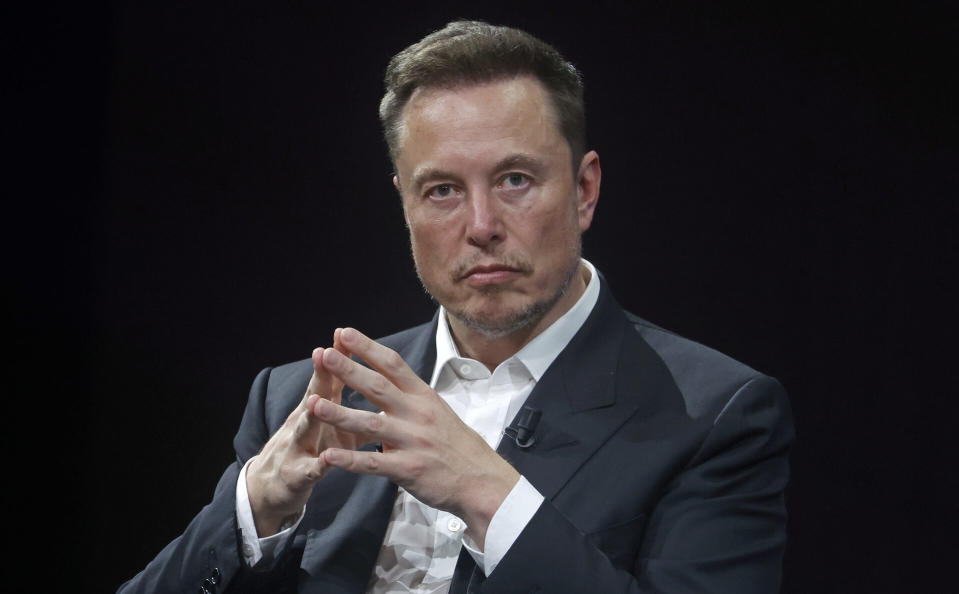EMMANUEL IGUNZA
Tue, November 7, 2023



Kenya Jacaranda
A Jacaranda tree in bloom in Nairobi, Kenya, Thursday, Oct. 26, 2023. Every year in early October, clusters of purple haze dot Nairobi's tree line as the city's jacaranda trees come into bloom.
NAIROBI, Kenya (AP) — The Kenyan government announced Monday a surprise public holiday on Nov. 13 for a nationwide tree planting day, part of its ambitious plan to plant 15 billion trees by 2032
Interior Minister Kithure Kindiki made the announcement via a gazette notice posted on the social network X, formerly known as Twitter, following a cabinet meeting held last week and chaired by President William Ruto.
“The Government has declared a special holiday on Monday, November 13, 2023, during which the public across the Country shall be expected to plant trees as a patriotic contribution to the national efforts to save our Country from the devastating effects of Climate Change,” said Kindiki.
Kenya’s current forest cover currently stands at about 7% but the government has set aside more than $80 million this financial year, as it bids to increase tree cover to more than 10%.
Trees store carbon, one of the main drivers of global warming. In contrast, deforestation accelerates climate change: it halts plant photosynthesis, so the trees are no longer taking up carbon. It’s also often accompanied by burning, which releases lots of carbon dioxide.
Climate change is worsening droughts in the Horn of Africa, including Kenya, where rains have failed for five seasons in a row.
The Kenyan environment, climate change and forestry ministry said it would provide tree seedlings for what it said was “an unprecedented show of commitment by the Government towards our climate action obligations”
“It is a moment for Kenyans to stand in solidarity in the defense of our environment, it’s a ‘hummingbird’ contribution day, all of us pulling together to fight back the climate change crisis “said Environment Minister Soipan Tuya
President Ruto has made the National Landscape and Ecosystem Restoration Program a priority since assuming the presidency in September 2022.
His plans drew praises from King Charles III, who was in Kenya last week for his first visit to an African nation since he ascended the throne last year.
“Having been planting trees for most of my life, I thought I was doing rather well, but your ambition for planting 15 billion trees makes me admire your efforts,” King Charles said at a state banquet.
While in the country, Charles planted a tree at the State House in the capital Nairobi and at the Karura forest, which is associated with the late environmentalist and Nobel laureate Wangari Maathai.


